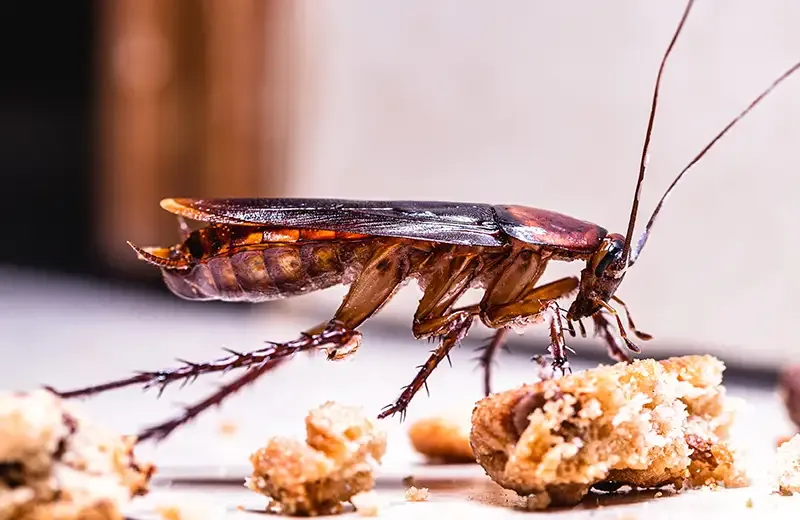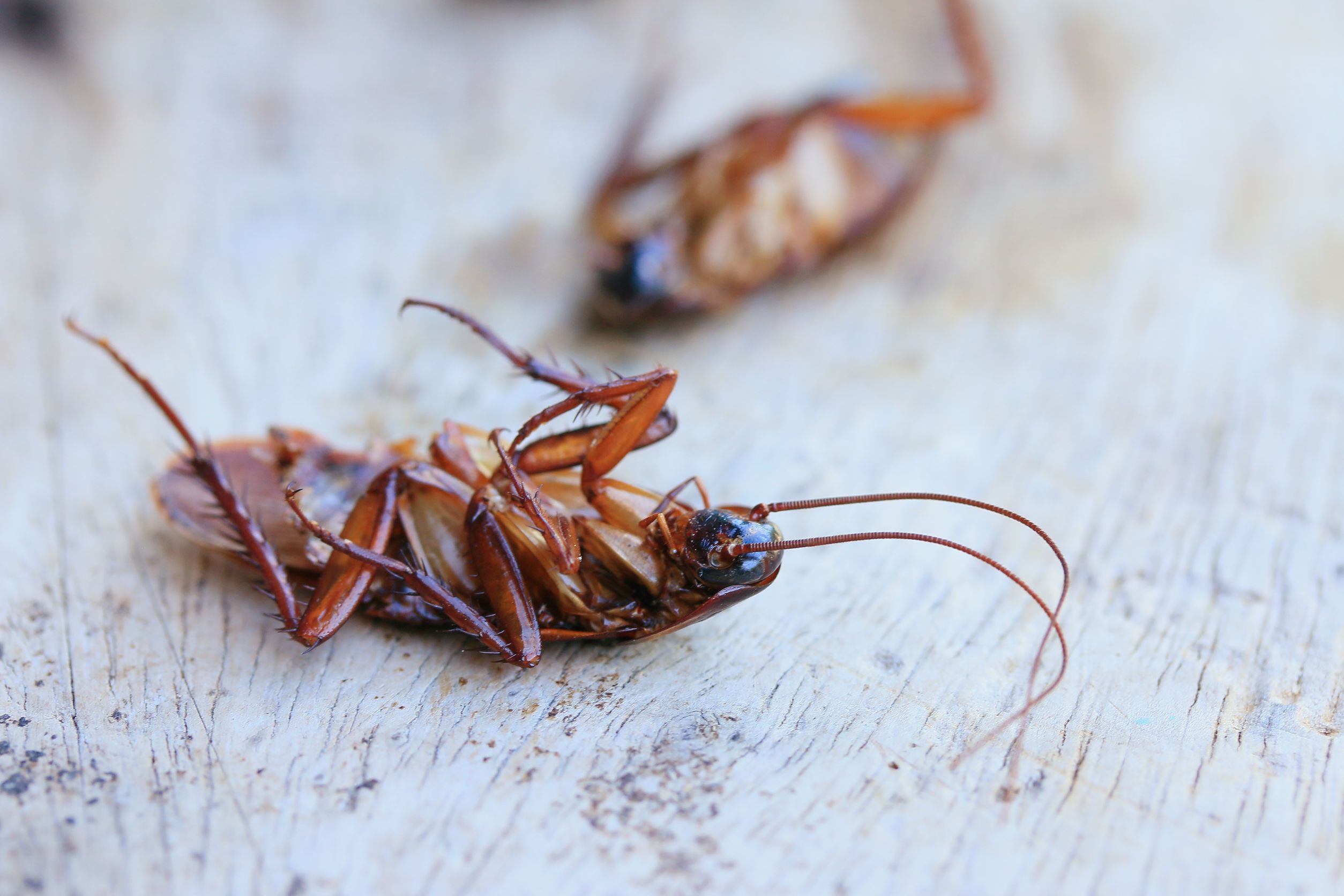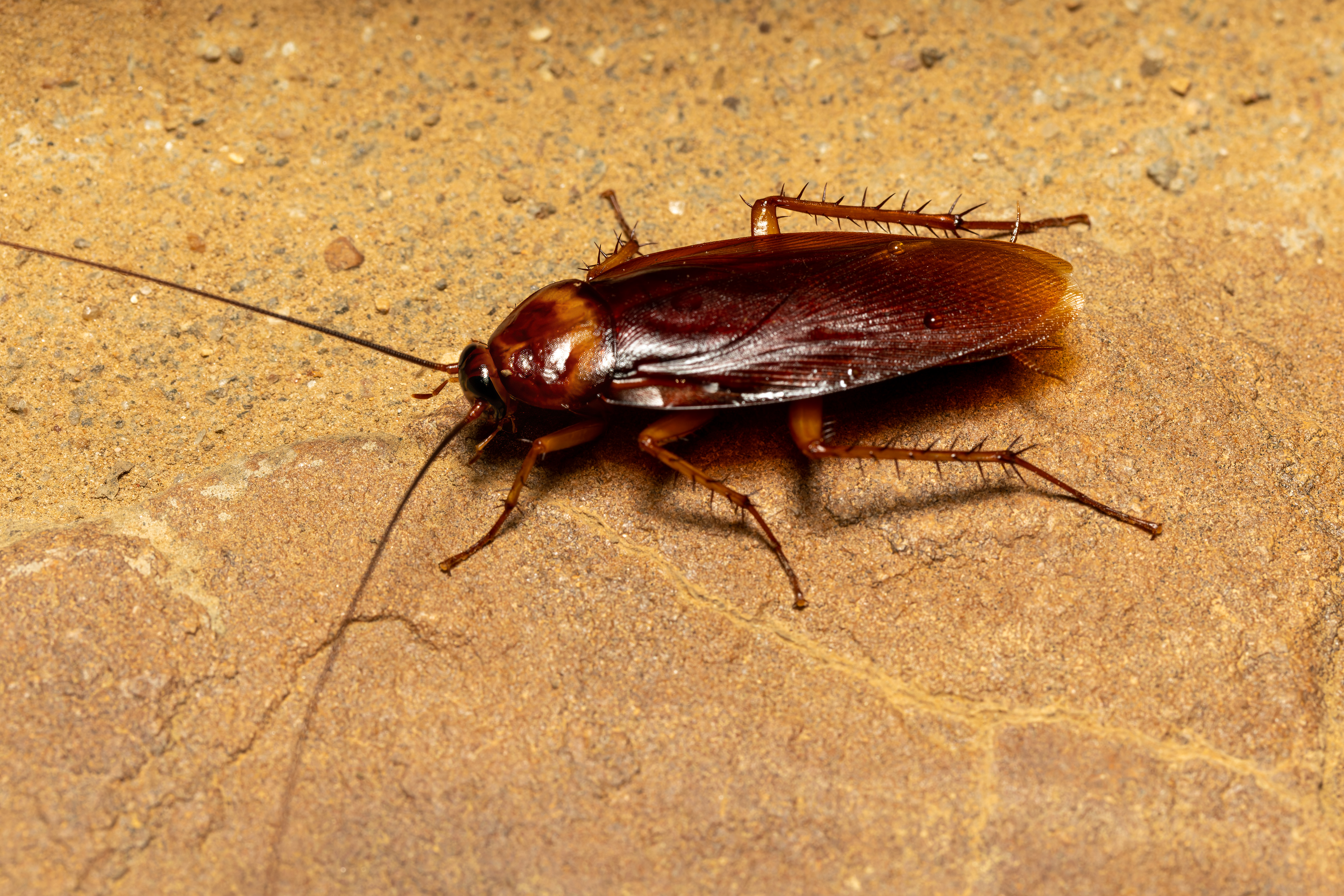Trusted Roach Control Near Me: Removing Parasites completely
Trusted Roach Control Near Me: Removing Parasites completely
Blog Article
Discovering Different Bug Control Techniques to Accomplish Long-Term Success in Managing and Preventing Problems in House
Efficient parasite control in property locations necessitates a complex approach that balances instant outcomes with long-lasting sustainability. What might these developments require, and how can they change our understanding of pest control?
Comprehending Pest Control Approaches
Although bugs have existed along with people for centuries, the methods employed to regulate them have developed substantially with time. Understanding these approaches is critical for successfully managing and avoiding infestations in household locations. Parasite control methods can be extensively categorized into 3 key techniques: social, mechanical, and chemical.
Social techniques focus on modifying the setting to minimize insect attraction and reproduction. Mechanical control includes physical obstacles and catches to manage parasites straight, such as screens, vacuums, and sticky traps.
Chemical control continues to be one of one of the most commonly utilized techniques, involving the application of chemicals to eliminate pests. While reliable, this method demands cautious factor to consider of safety, possible resistance growth, and environmental influence. Integrated Insect Monitoring (IPM) combines these approaches to create an alternative strategy, promoting lasting insect avoidance and minimal damage to helpful organisms. By comprehending these different insect control techniques, house owners can make informed decisions that promote efficient monitoring and conservation of their living spaces.
Eco-Friendly Parasite Control Solutions
Just how can property owners properly manage parasite issues while decreasing their environmental effect? Environmentally friendly bug control options offer a sustainable option to typical techniques, prioritizing the health and wellness of both residents and the bordering community. These services often use all-natural components and techniques that disrupt pest actions without introducing dangerous chemicals into the setting.
One efficient technique is making use of valuable pests, such as ladybugs and lacewings, which take advantage of common pests like aphids and termites. Furthermore, diatomaceous planet, an all-natural powder made from fossilized algae, can be sprinkled in locations where parasites are widespread, functioning as a desiccant that damages pests while continuing to be secure for human beings and pets.
In addition, carrying out safety nets is critical. roach control near me. Home owners can guarantee correct sanitation by securing entry factors, maintaining tidy living areas, and managing waste successfully. Growing pest-repellent herbs, such as mint and basil, can also prevent unwanted visitors
Ultimately, environment-friendly insect control remedies equip homeowners to deal with infestations properly, cultivating a much safer living environment while advertising environmental balance. By welcoming these methods, people can add to a much healthier world while efficiently managing pest-related issues.
Chemical Insect Control Options
While environment-friendly options are progressively prominent, there are circumstances where chemical pest control alternatives might be essential for effective monitoring of serious problems. Chemical controls, consisting of pesticides, fungicides, and herbicides, are frequently used to quickly lower bug populaces and minimize damages to homes and yards.
These items can be categorized into two major classifications: synthetic chemicals and all-natural pesticides. Synthetic chemicals, such as pyrethroids and neonicotinoids, are crafted to target particular insects, providing fast knockdown impacts. Conversely, all-natural pesticides, derived from plant or mineral resources, may offer an extra ecologically pleasant option while still providing effective results.
Prior to utilizing chemical bug control, it is important to carry out a detailed analysis of the problem and determine the specific pest entailed. This makes sure that the chosen chemical is both efficient and appropriate. Additionally, homeowners should comply with safety standards, including correct application methods and personal protective devices, to minimize wellness threats and ecological influence.
Integrated Parasite Management Approaches

Biological control entails using natural killers or bloodsuckers to take care of insect populations. Introducing ladybugs can aid manage aphid problems. Social techniques, such as plant turning, cleanliness, and habitat alteration, goal to make environments less helpful to pest survival and reproduction. Physical controls, like catches or barriers, can protect against parasites from going into homes or damaging plants.
Tracking and assessment are essential elements of IPM, permitting for prompt treatments based on pest population limits. By focusing on preventive measures and utilizing a combination of techniques, IPM not next page just addresses current infestations however likewise cultivates lasting pest management services that secure both human health and the setting. This thorough approach is vital for sustainable pest control in houses.
Arising Technologies in Parasite Control
The arrival of arising technologies in pest control is transforming the method we handle pest populaces, offering ingenious options that improve performance and effectiveness. Advancements in accuracy farming, for example, utilize information analytics and sensing unit innovations to monitor parasite task and ecological problems, enabling targeted treatments that reduce chemical use.
Additionally, drones equipped with imaging innovation are being used to survey huge areas for problems, offering real-time information that help in prompt decision-making. Additionally, biotechnology is playing an essential duty, with the growth of genetically customized microorganisms (GMOs) created to minimize insect populations while preserving useful types.

Finally, wise traps and keeping an eye on gadgets outfitted with IoT capacities make it possible for homeowners and insect control professionals to get immediate notifies about pest task, helping with prompt activity. Jointly, these investigate this site emerging technologies not just boost parasite monitoring results but also contribute to ecological sustainability by lowering dependence on conventional chemical therapies.

Final Thought
In final thought, effective pest control necessitates a complex approach that includes social, mechanical, and chemical methods. The combination of these techniques is crucial for accomplishing long-term success in parasite administration.
Report this page